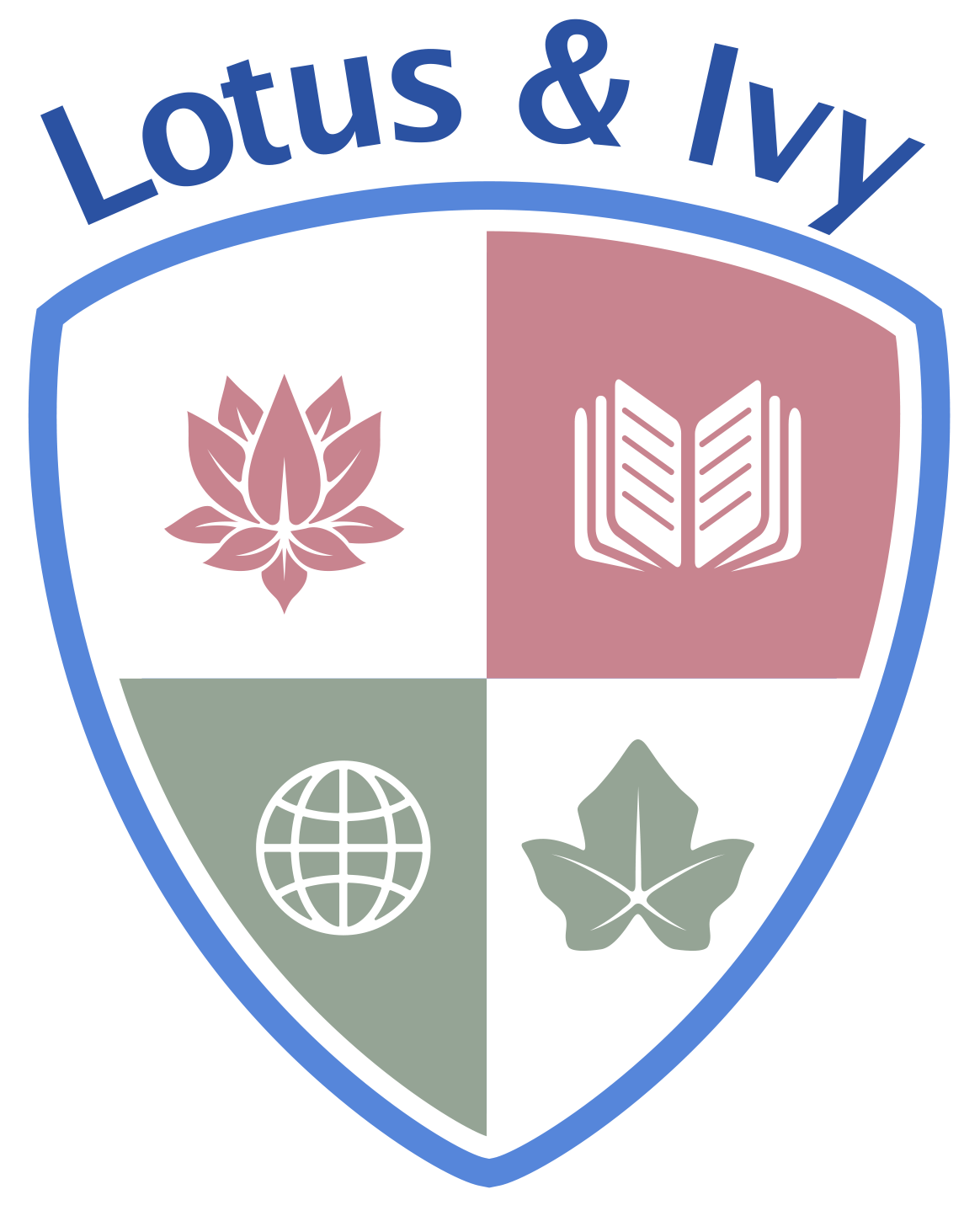Class 2 Main Lesson
in order to begin Class 2, the student must have turned 7 by May 1st of that year.
Our Class 2 maximum class size is 14 students, allowing the teacher to get to know each student and creating a school-family environment during class.
Much of what is done in the Class 2 is working to expand and grow what was learned the previous year. Class 2 students still react strongly to pictorial images so stories are used heavily in Class 2 to enhance the teaching of language arts, math, and artistic skills.
WEEKLY ACTIVITIES, IN CLASS
Number work: number facts; place value; times tables; ways to make a number; number stories; mental math; estimation
Word work: word families (spelling/phonics patterns); sorting words; making words; spelling
WEEKLY HOMEWORK
Completion of work from class, 15 mins. per class day = up to 45 mins. per week
Math practice assignments, up to 45 mins. per week
Spelling and grammar assignments, up to 45 mins. per week
Project work, up to 45 mins. per week
MONTHLY ACTIVITIES, IN CLASS
Form drawing
Painting (wet-on-wet watercolor color studies)
Language Arts
Class 2 Main Lessons are themed around animal fables and stories of people with Great Hearts (traditionally referred to as “saints and heroes”). We have expanded this block to include stories and people outside of the original Euro-centric curriculum. These stories teach of human fallibility and present a model for heroic deeds and overcoming adversity. These stories are often referred to as “soul food” as they meet the child right where she or he is developmentally. The students write often through copy work, sentence practice, and in collaboration with the teacher or parent. Spelling is a component of study.
Math
The Class 2 Math Main Lessons focus on becoming more comfortable with the four processes, fact families, place value, and more through story, songs, art, and skills practice.
For a complete math curriculum, please see our Expanded Curriculum Classes, discussed more below, which meet twice a week, in addition to the Main Lesson Classes, and provides a math curriculum covering topics including estimation, commutative property, becoming comfortable with multiplication and division facts, addition & subtraction with multi-digits, mental math strategies, simple word problems, math games and movement activities, and more.
EXPECTATIONS
Our teachers send home assignments for the week for students to work on outside of class time. Class 2 students can expect to spend 2-3 hours outside of class time on assignments each week.
Our classes are recorded and can be watched later for students who miss a class. The recordings are not sold or shared with anyone outside of the class.
Complete Curriculum
Lotus & Ivy’s Main Lessons and homework, when completed, fulfill a complete year homeschool requirement for language arts, science, and social studies. While we offer two Math Main Lessons in Class 2, for a complete math curriculum, we recommend that families register for our Math and Language Arts Skills classes for Class 2. Skills classes provide ongoing math practice, twice a week, year-round. Language Arts skills are practiced once per week year-round. For more information about our Skills Classes, click here.
Lotus & Ivy also offers Complement Classes in addition to our Main Lesson and Expanded Curriculum Classes. Our Complements for this age include Spanish, German, pentatonic flute, woodwork, and handwork. Students meet once a week with their teacher for these Complement Classes. Families may enroll in as many Complement classes as they like.
Students may enroll in Lotus & Ivy Main Lesson Classes, Expanded Curriculum Classes, or Complement Classes or any combination of the three. Lotus & Ivy recommends that students take all three offerings for the most comprehensive experience, providing hands-on and experiential learning at its best.
SCREEN TIME: HARMFUL OR HEALTHY?
We have carefully considered screen time for all of our classes to ensure the screen time is interactive, not passive or one-sided. Our teachers, along with other health & education experts, have for many years encouraged parents to avoid screens for children because, when the screen time is one-sided, like with television and video games, it is harmful to the child’s brain. Live and interactive online classes make good use of technology and allow us to bring this whole-child education to a much larger audience by ensuring that screen time is two-sided and teachers may respond in real-time to the child.
COGNITIVE FOUNDATION
True to our curriculum, our classes provide plenty of opportunities for artistic and creative work.
According to an article published by the Waldorf Research Institute entitled Waldorf Education is Developmentally Appropriate – What Exactly Does this Mean?, “recent MRI equipment has illuminated the fact that in young children, artistic work, full body playing, and sensory stimulation all light up the whole brain. Focused academic work, on the other hand, only lights up small parts of the brain. That ‘lighting’ up points to the development of neurons, making the child’s brain replete with neurons which end up looking, at their best, like a gorgeous, mature tree crown. Once myelinated, these neurons communicate for clear thinking, flexible problem solving, executive function, and creativity.” (https://www.waldorflibrary.org/articles/1249-waldorf-education-is-developmentally-appropriate-what-exactly-does-this-mean)






















